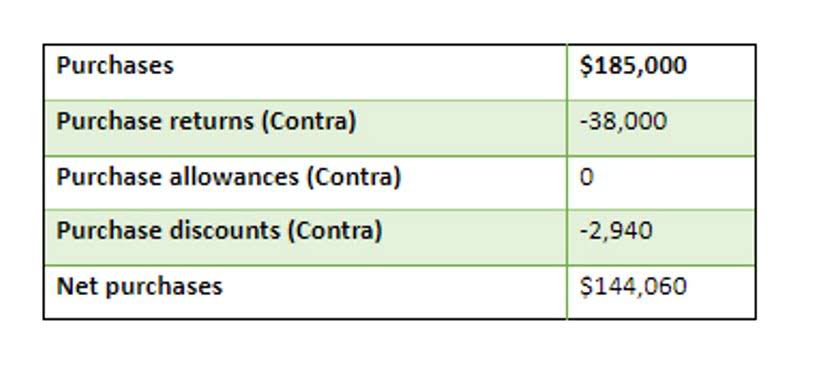Accounting Cycle 8 Steps in the Accounting Cycle, Diagram, Guide

Your business’s bottom line (aka the last line of your income statement) shows you whether you have a net income or loss during financial statements in order a specific time frame. Your financial statements list things like your expenses and income as well as transaction totals. Each type of financial statement gives you insight into different information. It’s important to note there’s a difference between cash flow and profit. While cash flow refers to the cash that’s flowing into and out of a company, profit refers to what remains after all of a company’s expenses have been deducted from its revenues. The statement of cash flows requires a fairly complete knowledge of basic accounting.

Step 4: Prepare the cash flow statement

The bottom line of the Income Statement is the Net Income for the period. A positive Net Income indicates a profit, while a negative number represents a loss. When you Accounting for Marketing Agencies study financial statements, you should know that countries around the globe follow different accounting principles. American companies abide by the US Generally Accepted Accounting Principles (GAAP), while international corporations consider the International Financial Reporting Standards (IFRS). That’s why you’ll often notice some distinctions between the financial statements of American and European firms.
- When financial statements are prepared in the correct order, they are more likely to be trusted by investors and other stakeholders.
- Use the information from your income statement and retained earnings statement to help create your balance sheet.
- It looks at cash inflows and outflows from operations, investments, and financing.
- The next component is the net income or net loss for the period, which represents the profit or loss generated by the company’s operations during the reporting period.
Income Statement Amounts are History
Understanding the sequence of financial statements is crucial for comprehending the flow of financial information and gaining a holistic view of a company’s operations. Discover the order in which financial statements are prepared in the world of finance. Gain insights into the sequential process and structure of financial reporting.
- A decrease in the value of a long term asset to an amount that is less than the amount shown under the cost principle.
- Lastly, the statement of changes in equity depicts alterations to a company’s equity over time, reflecting the distribution of profits and additional investments or withdrawals by owners.
- Journal entries usually dated the last day of the accounting period to bring the balance sheet and income statement up to date on the accrual basis of accounting.
- Discover the order in which financial statements are prepared in the world of finance.
- This is the property, plant and equipment that will be used in the business and was acquired during the accounting period.
Cash Flows from Investing Activities
And our Financial Analyst Career Track will help you learn the ropes of financial analysis, with tons of practical examples and in-depth analysis on a variety of relevant topics. While doing that, you will get valuable know-how from industry experts and become a certified professional. For example, the profit figure for the year appears in both, the Income Statements and the Statement of Changes in Equity. In QuickBooks another instance, if an enterprise raises additional share capital, this will induce modification of its Statement of Owners’ Equity and Statement of Financial Position concurrently. It may almost seem magical that all line items eventually mesh together and balance. Liabilities are debts you owe to individuals, businesses, organizations, and government agencies.
If the revenues during the period are higher than expenses, then there is profit. Generally a long term liability account containing the face amount, par amount, or maturity amount of the bonds issued by a company that are outstanding as of the balance sheet date. The result of the sale of an asset for less than its carrying amount; the write-down of assets; the net result of expenses exceeding revenues.
